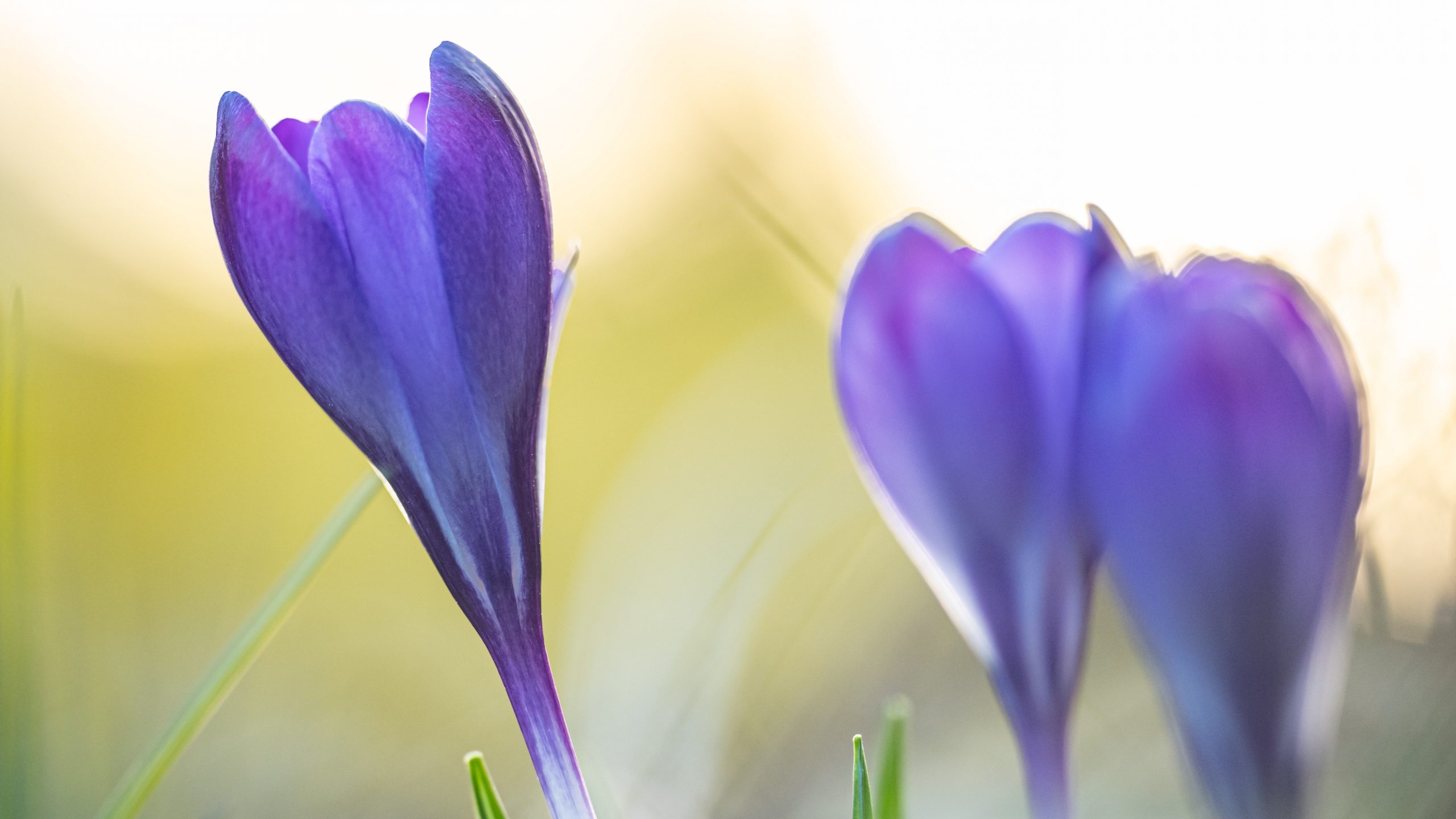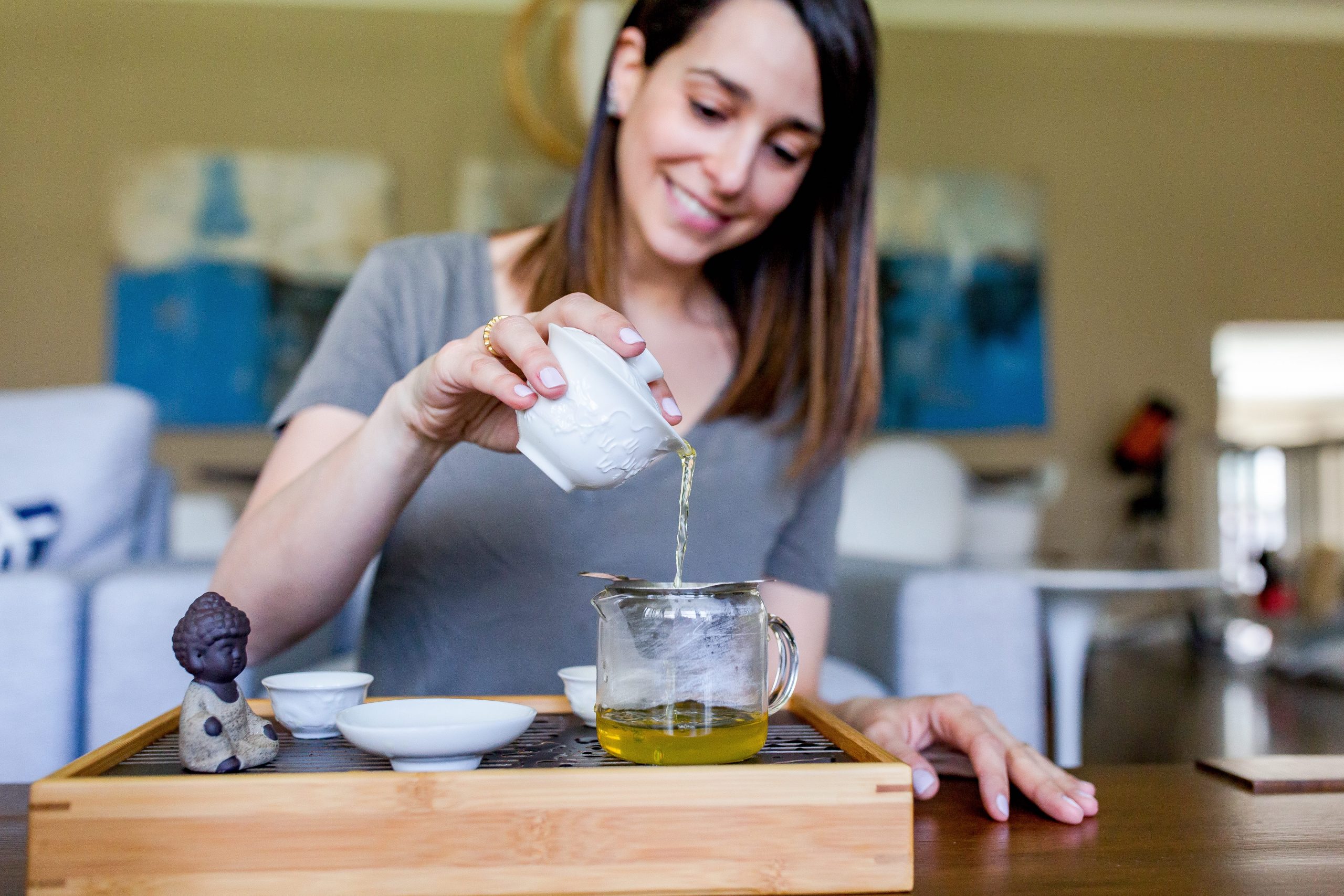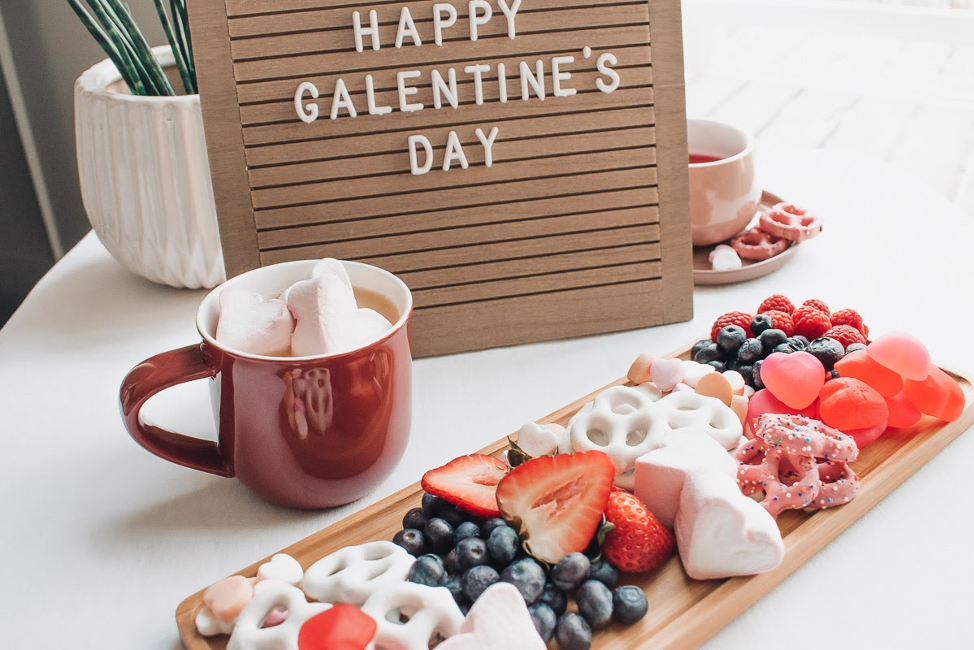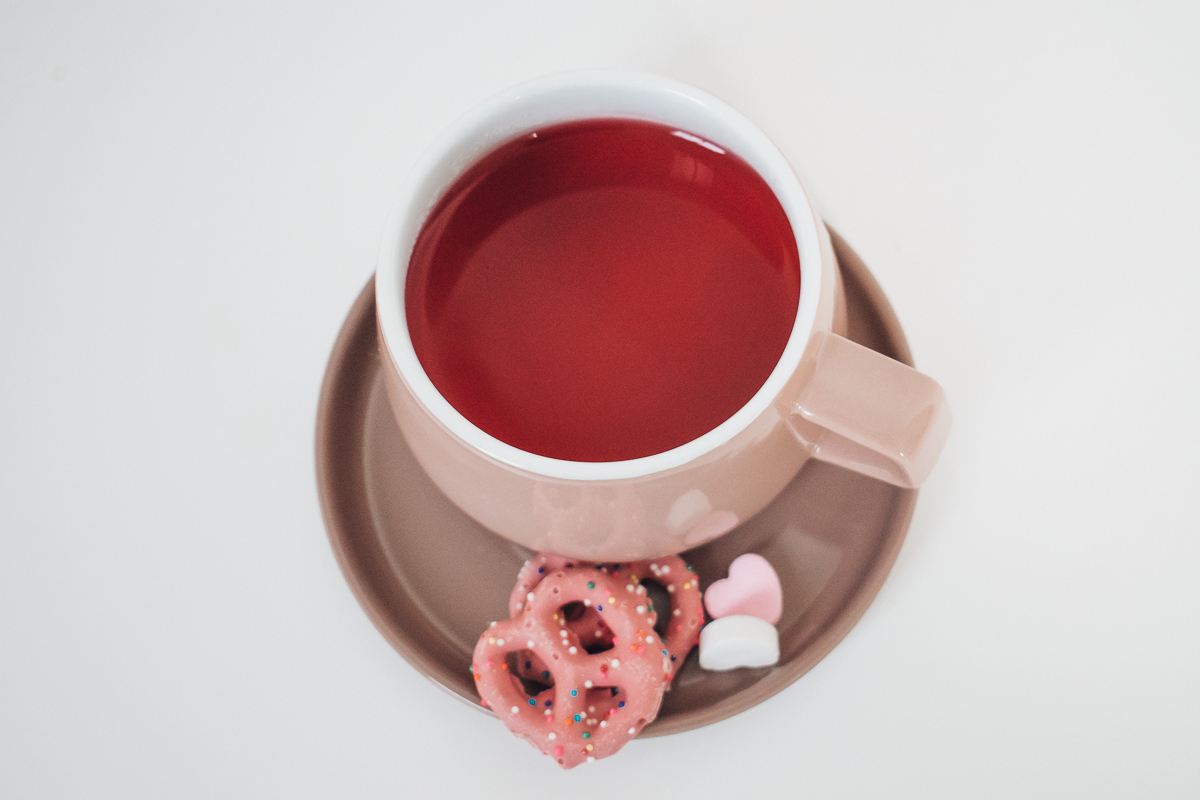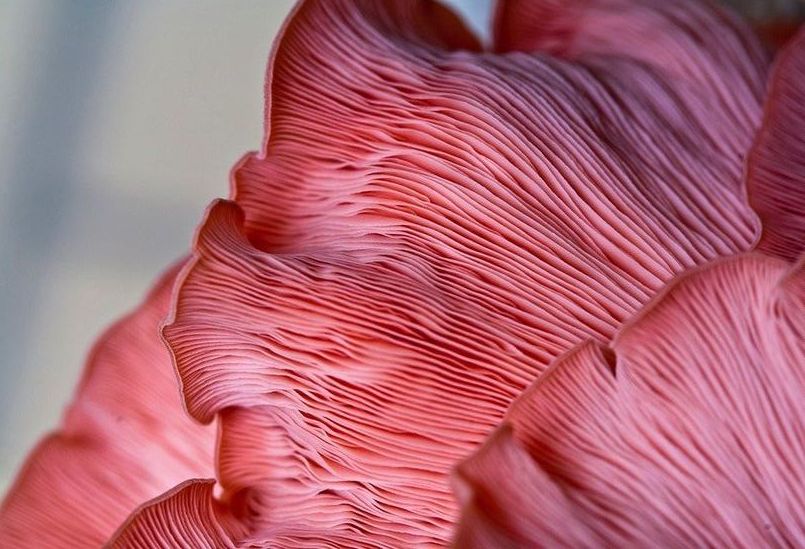Tea parties and tea tastings are always a fun way to gather with friends and explore new teas.
Because of COVID-19, it’s not possible for some of us to meet with friends and loved ones in person. But that doesn’t mean we can’t socialize over our favorite beverage together while following local health department rules.
Here are a few suggestions to help you plan a spring tea tasting — whether it’s virtual or in person.
Hosting a virtual tasting
What to consider:
- How many guests will attend?
- What platform will you use: Google Meets or Zoom?
- What teas will you drink?
- What food will you pair with your tea?
A virtual tea tasting poses some hurdles. For instance how will everyone have the same teas or food? But that can be solved.
Discuss with your guests where to purchase the tea and food so everyone has access. Most tea companies have become digitally savvy over the past year due to COVID-19 and moved their business online so there are a range of options available. This way everyone can order the same teas.
If it’s too challenging to source the items individually because you and your friends live in different cities — or even if you’re pressed for time! — you might want to consider asking everyone to purchase a complete tea tasting kit. It’s already curated with teas and treats making it a simple and efficient option.
Hosting an in-person tasting
What to consider:
- Where will you host the tasting?
- How many guests will attend? The number will help determine how much space you need (outdoors or indoors), the amount of tea and food needed, and the right about of tea accoutrements.
- What teas will you drink?
- What food will you pair with your tea?
An in-person tea tasting is a treat. Time spent with loved ones over good tea and food is invaluable and the best time to discover something new about your senses. If you’re still following physical distancing guidelines, an outdoor tea tasting (with properly spaced seating) on a balmy afternoon is a delight.
To make it a success, select a picturesque location that offers plenty of shade and comfortable seating options for your guests. A key aspect of this event is creating an elegant and inviting table setting. Use a crisp tablecloth, choose dinnerware in coordinating colors, and add fresh flowers or potted plants as a centerpiece. Adding cloth napkins and lighting tea light candles in weather-resistant holders will create a cozy and intimate ambiance. Label your tea containers, offering a variety of flavors, and provide sweet and savory accompaniments for guests to enjoy. Check out Mantel and Table to get decoration ideas on how to set an elegant table that elevates the overall tea-tasting experience, leaving a lasting impression on your guests.
How to pair
Pairing is important to consider when planning your tea tasting, but don’t overthink it. Often it’s about experimenting with different flavors. And it’s more fun with friends!
A good pairing brings out the best traits in both tea and food. Tea Sommelier: A Step-By-Step Guide by Francois-Xavier Delmas and Mathias Minet suggests three primary approaches for pairing tea and food:
A ‘tone on tone’ approach looks to point out the similarities of both tea and food. For example, a grassy Japanese sencha paired with a soft fresh goat cheese and crackers. The freshness of the cheese highlights the summery grassy tones of the sencha.
The ‘contrast’approach aims to pair two distinct flavors. For example, pair a Taiwanese Oolong with chocolate. The woodsy notes of the tea provide a powerful counterpoint to the chocolate’s sweet notes.
‘Fusion’ is obtained by blending two distinct flavors to build a harmony with one another. For example, take a bite of a buttery croissant and layer it with a sip of the smoothness of a Darjeeling.
At the end of the day the idea is to combine contrasting or harmonizing qualities that are ultimately compatible with one another. You may find you enjoy one pairing while someone else may not. What matters most is that you experiment and try new combinations that expand your pallet.
Recommended teas
Once you’ve decided how to host your tea tasting, discuss with your guests the kind of tasting experience they’d like to experience. Think about some of your favourite teas and consider which dishes could bring out their best qualities. Since we’re celebrating the arrival of spring, consider Japanese green teas like sencha and genmaicha are light and earthy. Think bright and uplifting notes. Maybe a floral herbal iced tea.
Sencha
Sencha, a Japanese green tea, has a fresh profile with vegetal and umami notes like spring greens, grass, kale, and edamame; and features a medium green liquor. Keep it bright with a green salad or find harmony with a creamy goat cheese.
Genmaicha
Genmaicha is a Japanese green tea that has been flavored with puffed brown rice kernels giving the tea a popcorn-like aroma and mild nutty flavor. The liquor is vibrant light green yet touched slightly brown from the rice. This Japanese green tea is a perfect match for sushi or a slice of rosemary focaccia.
Darjeeling
The ‘champagne of tea,’ Darjeeling is a black tea that is usually light to medium-bodied with fruity and floral notes. The steeped liquor usually appears light golden to a darker bronze color with a strong fruity aroma. Try it with a delicate pastry or fresh cut peaches.
Hibiscus
Hibiscus herbal tea is made up of the hibiscus flower petals and steeps into a deep red herbal infusion with a tart finish. Hibiscus is a natural source of vitamin C and antioxidants. Consider serving this iced for an extra refreshing and hydrating experience. Herbal teas pair well with greasy food and are the perfect beverage after a meal. Hibiscus herbal tea might even be a great match for an astringent, citrus arugula salad.
Plan the tasting
Start with three
We suggest to start with three courses and work your way up from there. You may find more combinations by the end of your tasting than expected. Don’t forget to take into consideration food sensitivities, allergies, and preferences of your guests. Remember to have some water ready to cleanse your palette in between tasting! If you want a fruit flavouring in your water, add a some thin slices of lemon or cucumber.
Remember to take notes
Have a paper and pen ready to jot down your thoughts. Consider the appearance, color, aromas, flavor, and mouthfeel of the tea. Some vocabulary to keep in mind when describing what your senses experience:
- acidic
- bitter
- salty
- sweet
- umami
- silky
- creamy
- mellow
- rough
- velvety
- smooth
- robust
- astringent
- full-bodied
The main event
Make sure you have enough space and accoutrements to explore the tea both dry and steeped. Nothing fancy is required, but find a vessel where you can place the dry tea leaves to examine them and a bowl or teacup to drink from. And bring whatever else you might need for food.
Encourage silence while everyone acquaints themselves with the tea for each course. This way you can form your own opinion first before comparing notes. Begin by studying and smelling the dry tea leaves. Take notes of the look and feel. Then close your eyes to focus on the scent.
Next, steep your tea. Examine the infused tea leaves; observe the liquor’s color and aroma.
Finally, sip and analyze its texture, flavors and mouth feel.
Next try the food. Take a bite. Note the smell, taste, texture, and flavors. Then introduce the tea with the food. Take a bite followed by a sip. Layer the pairing together. What do you notice? Did they enhance or take away from each other?
Share your notes with one another.
Repeat this process through each course. Take your time savoring each flavor and discuss your thoughts with your guests.
Some people like to take notes in between each sense while others write everything down after a pairing has completed. Move at your own pace. If this is your first tasting, start by jotting your thoughts down after each part of the tasting.
And make sure to leave room for conversation. This is a socializing event after all!
Sample menu
For an appetizer, pair a creamy goat cheese and crackers with sencha. Alternate with genmaicha for a comparison. It’s always a good idea to keep the tasting menu fluid so guests can experiment with tasting combinations.
Second course: pair a tall glass of hibiscus iced tea alongside an arugula citrus salad topped with grilled chicken. The tangy, citrus of the salad might combine with the fruity flavors of the iced tea for a full-bodied pairing experience.
For the third course, most likely dessert, try a pastry (a chocolate or plain croissant for example) with a smooth Darjeeling tea. The sweet notes of the pastry might be the perfect match for the subtle muscat flavors of the Darjeeling.
The discussion!
What were everyone’s favorite parings? What did not go well together? Is there another tea you would like to introduce in the future?
Start a Google Doc where everyone can add their observations to track their tea tasting notes. Solicit suggestions for the next tasting!
However you decide to host your tea tasting, we hope you find some unexpected favorites and expand your pallet with good company.
Read also: Recipe – Cucumber Mint Breeze
